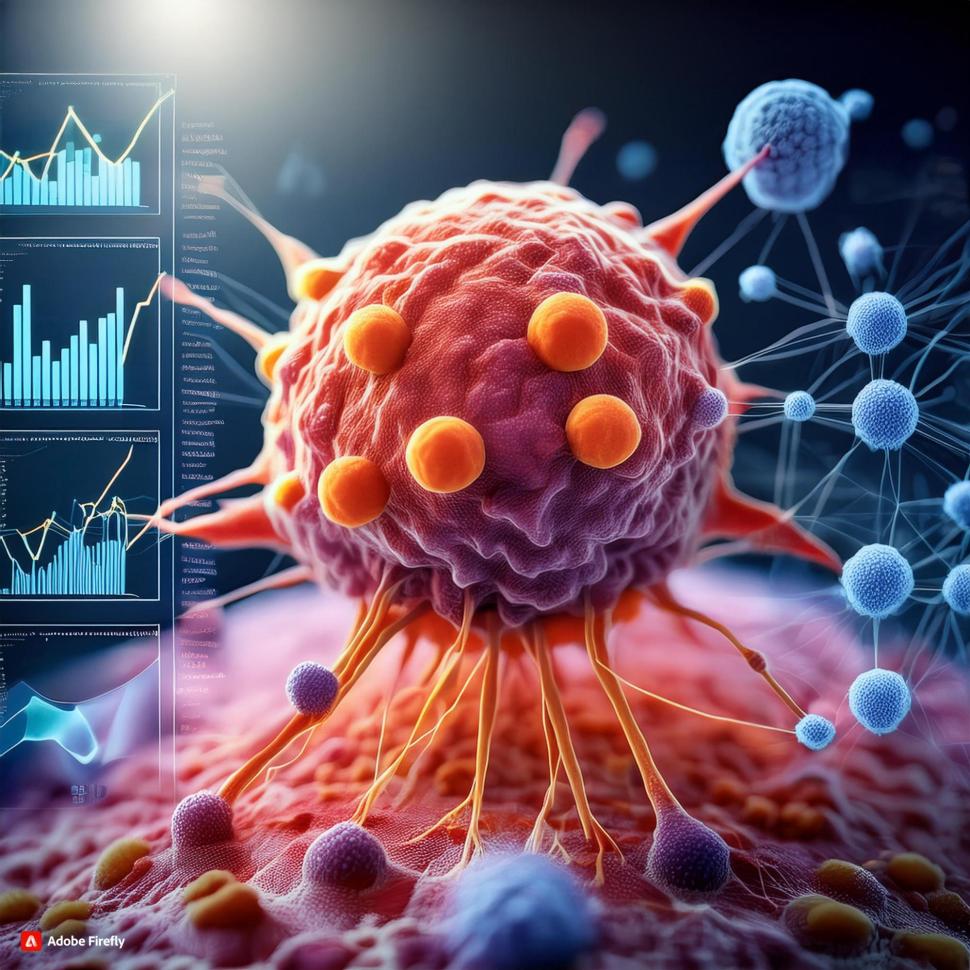Journal article - DFT calculations and cancer therapy
As a result of fruitful cooperation between the Institute of Medical Biology of the Polish Academy of Sciences, the Department of Medical Biophysics of the University of Lodz and the Department of Molecular Physics of the Lodz University of Technology, it was possible to publish the results of research on a new class of materials (commonly called three-dimensional aromatic systems - carboranes) and their potential application in cancer therapy [K. Bednarska-Szczepaniak, K. Hałagan, M. Szwed, E. Przelazły, Z. J. Leśnikowski, “Quantum Chemical and Biological Insights into Redox Activity of Metallacarborane Complexes in Cancer Cells”, Journal of Chemical Information and Modeling 64, 6521-6541 (2024)]. A relationship between the electronic properties of metal ion and carborane complexes and their ability to penetrate membranes in cancer cells was demonstrated. Quantum chemistry methods, including DFT simulations and semi-empirical molecular dynamics, were used to understand the oxidized and reduced forms of the studied complexes and their internal molecular rotations. These rotations depend on the type of metal ion and correspond to the cellular uptake of these complexes in vitro. In particular, the compound with low-spin iron may be a new xenogeneic enhancer of redox reactions that induce metabolic "exhaustion" of cancer cells and their death. These results were experimentally confirmed on ovarian cancer cells. The conclusions drawn from the conducted studies may contribute to increasing the effectiveness of modern methods of combating cancer.
K. Hałagan, K. Bednarska-Szczepaniak
